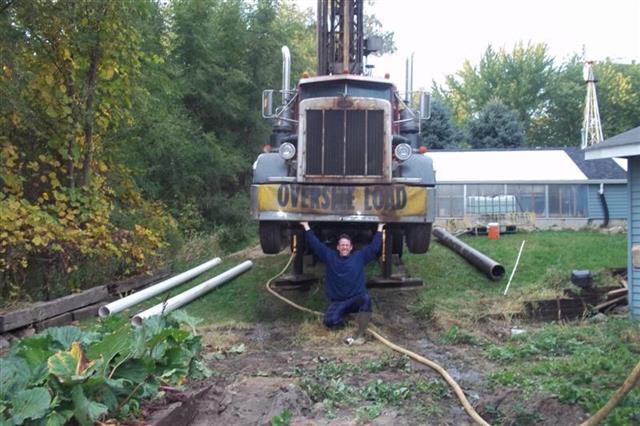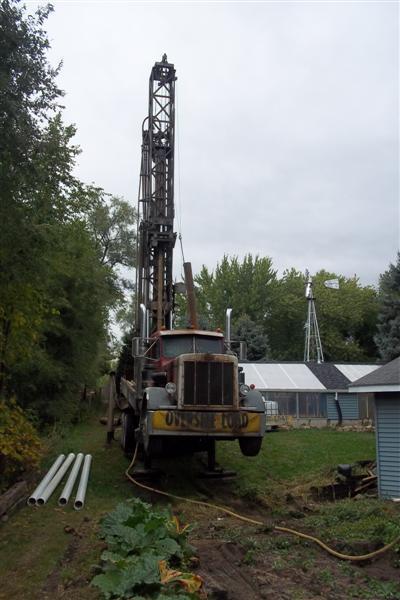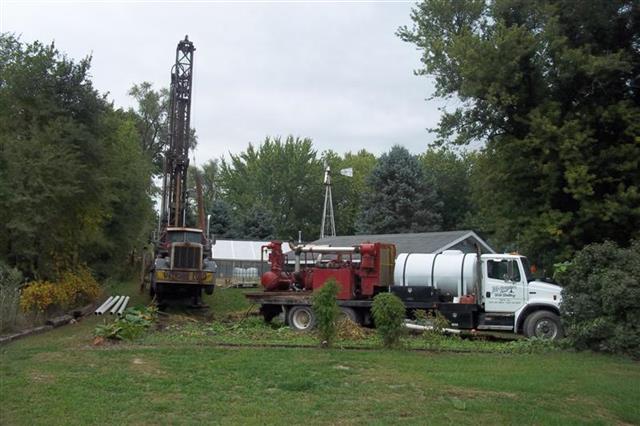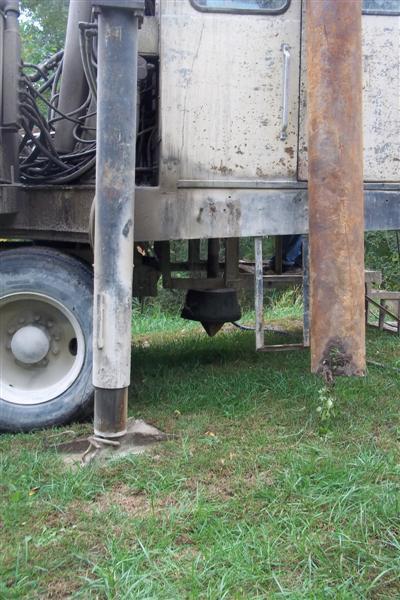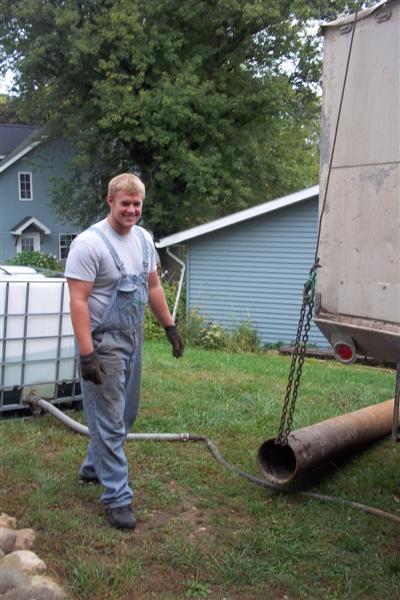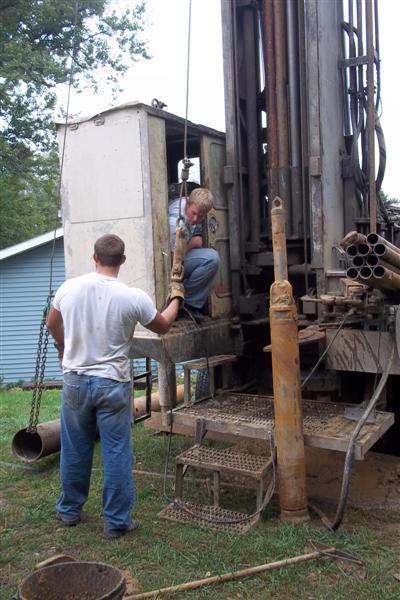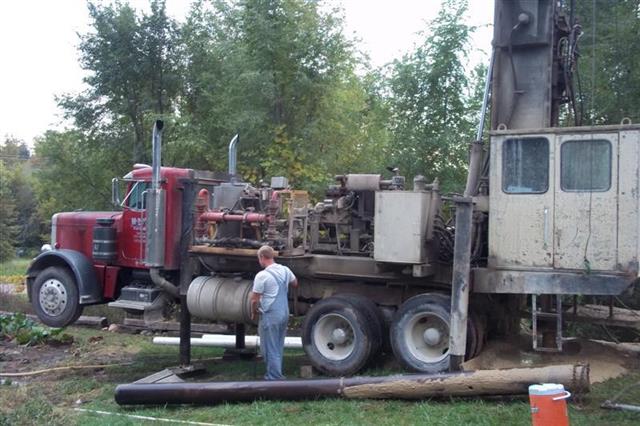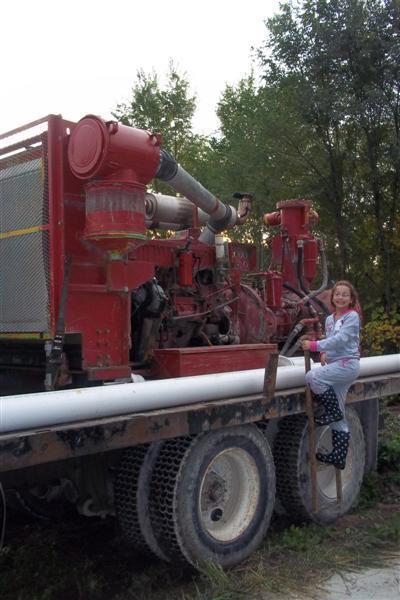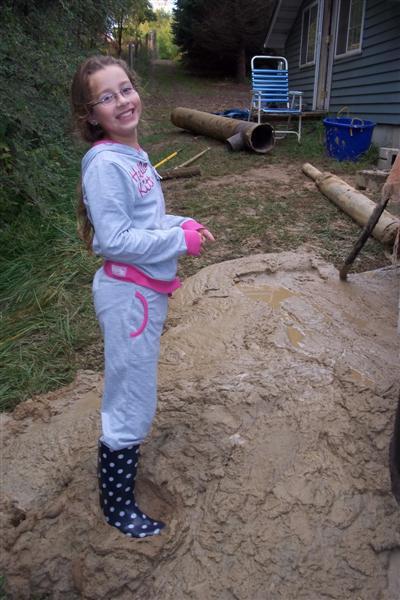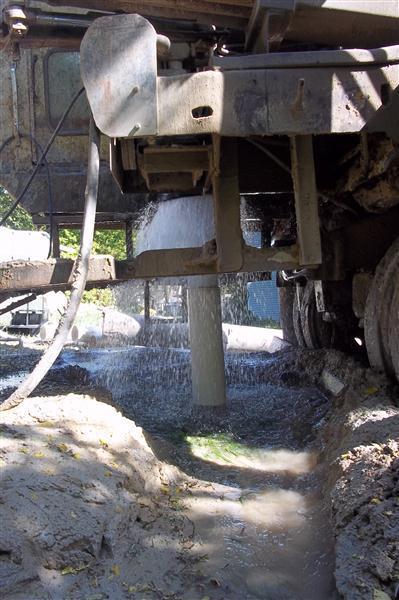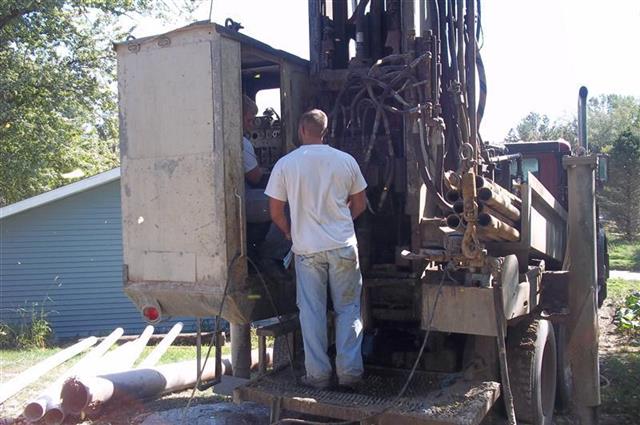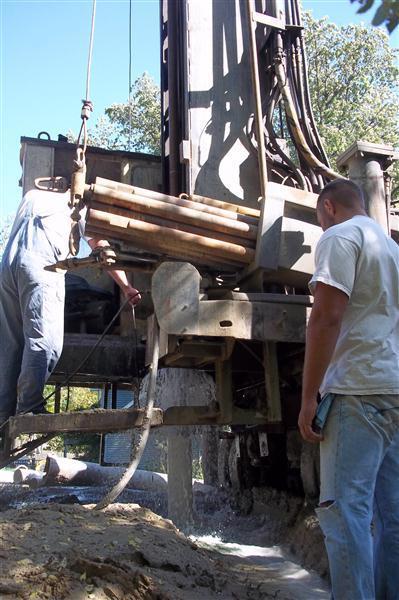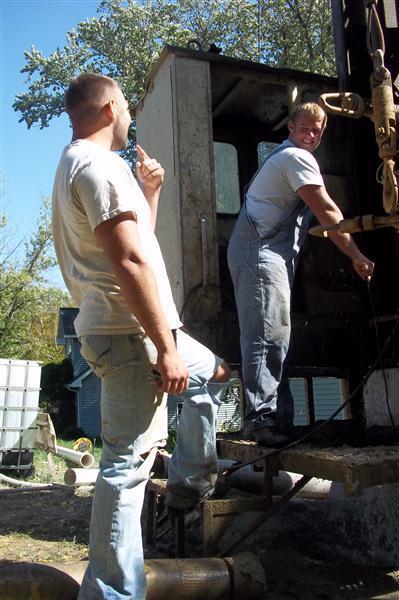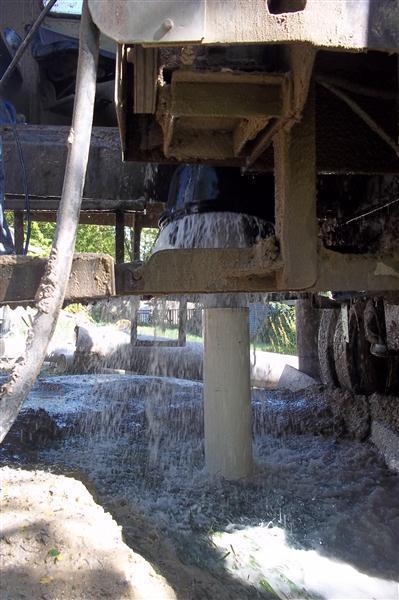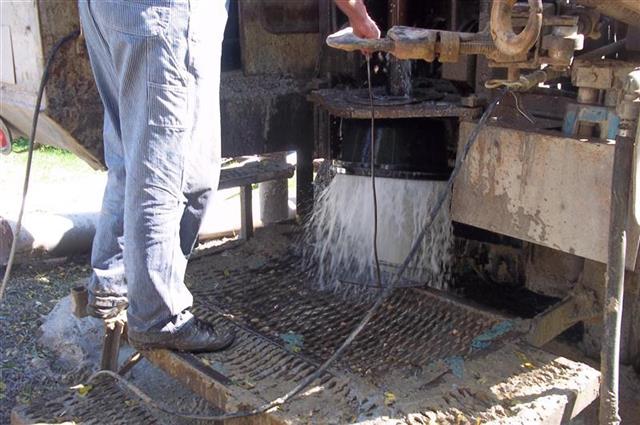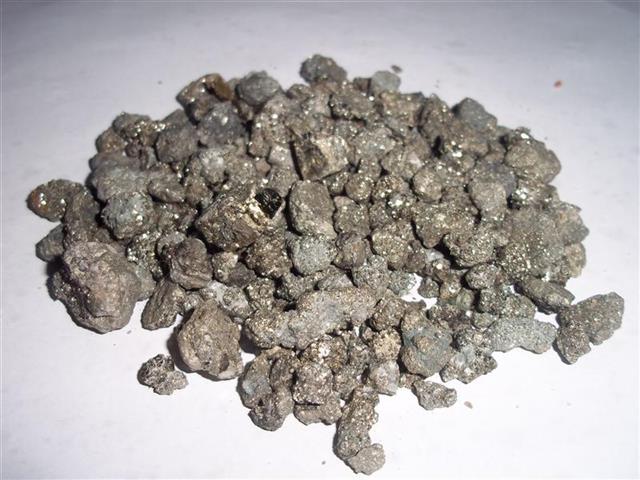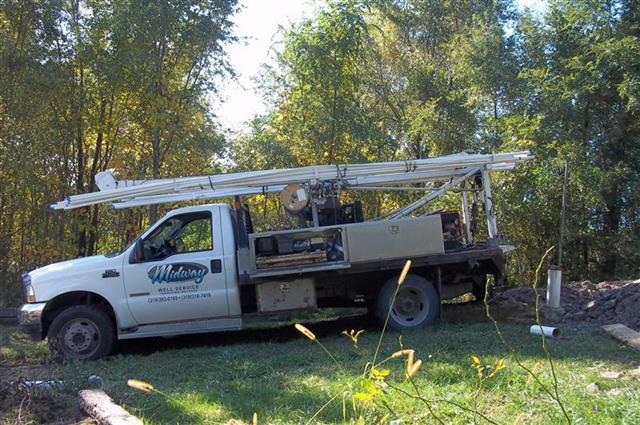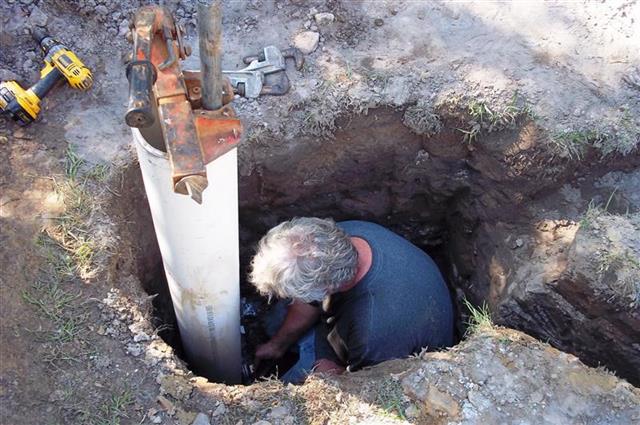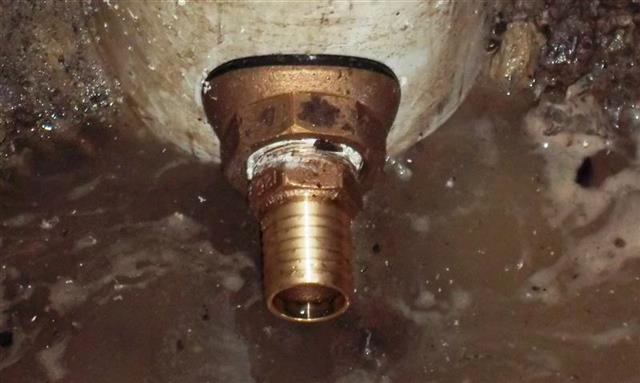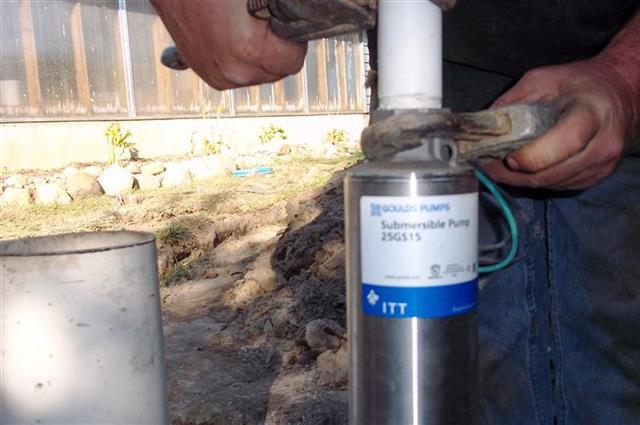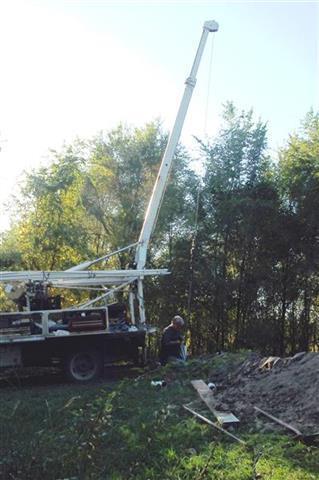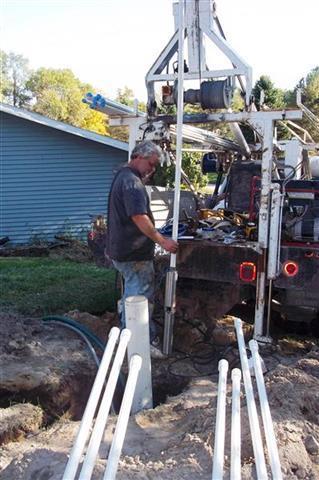Koi need fresh water, ALOT of it! Where does your water come from? I hope you don't have to use city water for your koi! You have to pay by the gallon for city water. City water is also treated with Chlorine & Chloramine, both of which are toxic to koi! If you use city water, you must treat it with another chemical to remove these. Many customers have forgotten to turn their water off, and end up with dead koi.
If your ground water is within 20' of the surface you may be able to install a shallow well (aka Sandpoint). This is the type of well we had when I was a kid growing up. These wells are pretty easy for the do-it-yourselfer to install. You just have to pound 2" iron pipe into the ground with a sandpoint fitting on the end, connected it to a pump and if the water is there, your all set. These wells only produce a few gallons a minute, and tend to plug up every decade or so, and its alot of work to pull the pipe and replace the sandpoint.
If you are close enough to a creek or river, you could pump water from that, but theres a risk of contaminiation and parasites.
You could collect rain water. It is very low in PH and doesnt have any hardness, so make sure you use Baking Soda to buffer your PH, and test your PH often.
At Bickal Koi Farm we are lucky enough to have our own deep well. This is a 6 to 8 inch pipe that goes down into the ground sometimes several hundred feet. There is a submersible well pump at the bottom that pumps the water up to the surface. The water is free, you just pay for the electricity to run the pump! We've been running the koi business for over 10 years using the well from the house that produced around 1 - 2 gallons a minute! Household water usage such as dishes, laundry, and showers had to take a back seat, water for the koi came first! So October 2011 we decided to "drill baby drill"... A Dedicated Well for our koi.
